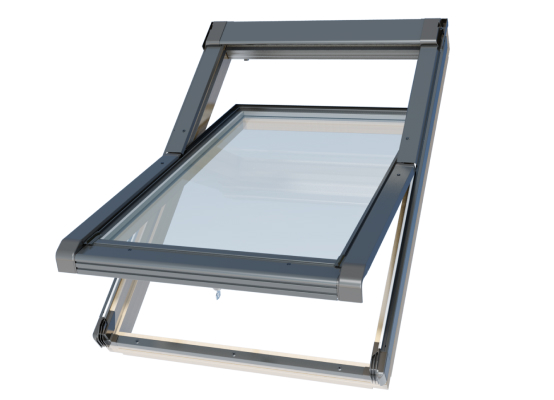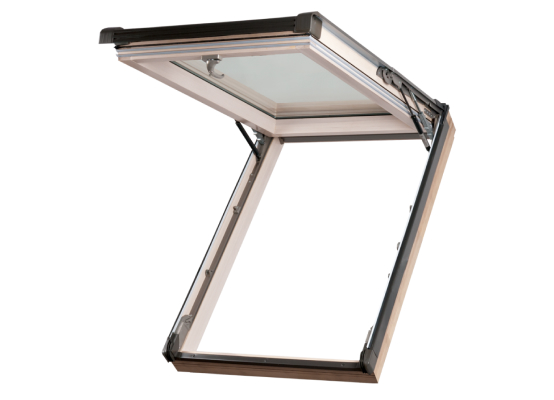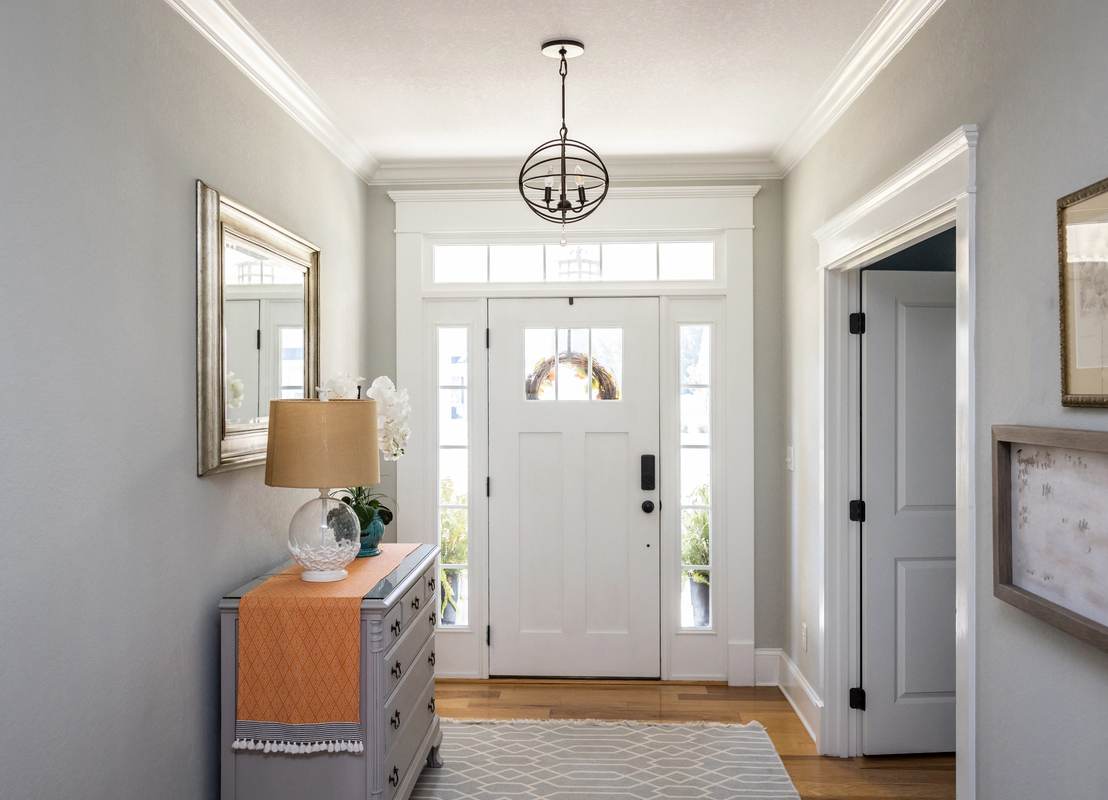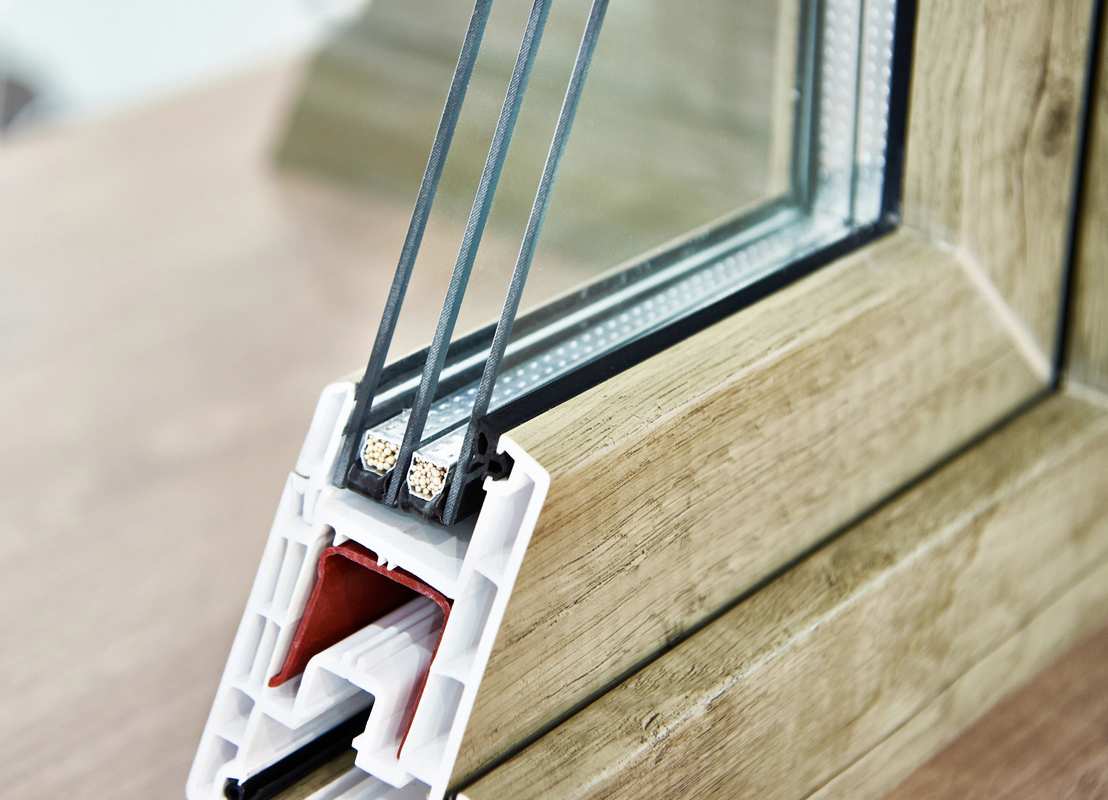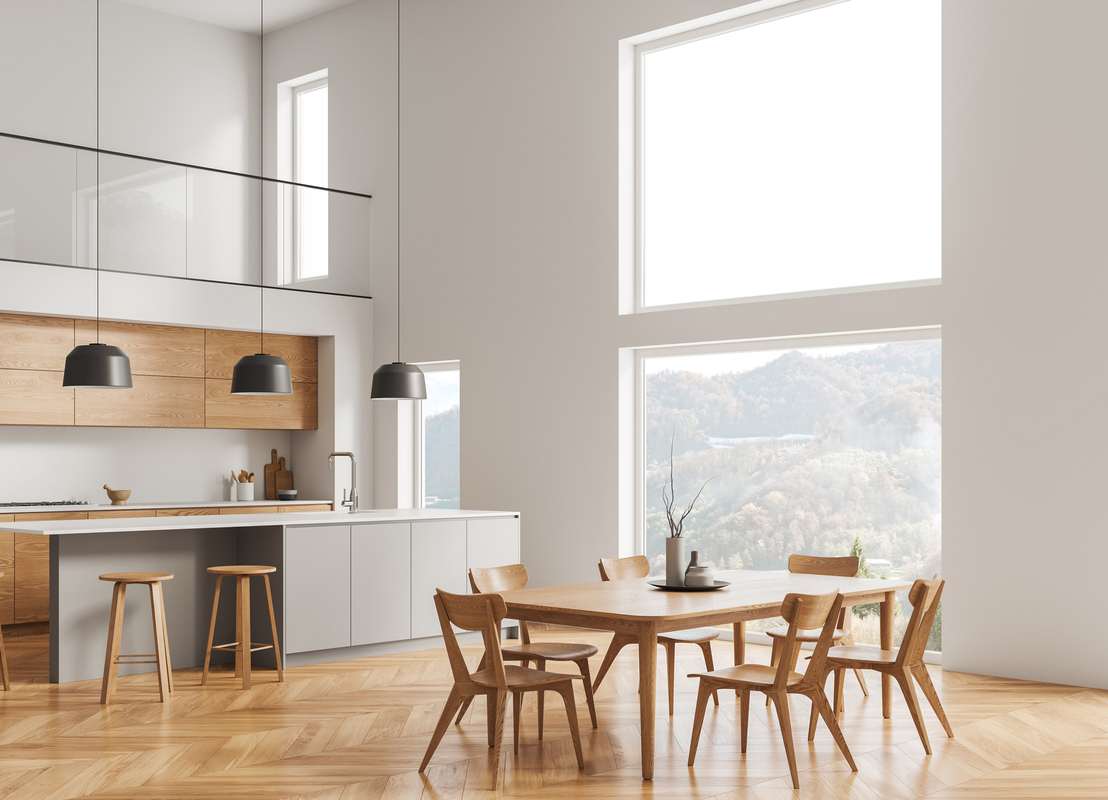Thanks to its large surface area, high-performing rooflight glass is an important feature of a quality roof window, and different variants can be chosen from. Those prioritising energy efficiency may wish to upgrade from double to triple glazing, for example. This would have the glass feature three panes, rather than two, which makes it thicker.
Energy loss from interiors via conduction in cooler months is therefore kept to a minimum, while undesirable entry of solar heat and radiation is reduced during warmer spells. This has roof windows provide excellent insulation and helps to maintain a comfortable interior temperature year-round.
Quality Colours and Surface Finishes
A further roof window feature that can often be customised is the frame. A variety of colours are commonly available, for example, which means the rooflight can blend in or contrast well with the roof or building exterior. The finishes also tend to be very weather-resistant and reflect solar radiation well to retain vibrancy for many years.
Another option that is then often offered with a rooflight is the possibility to add various manual blinds or an automatic roller shutter.
This is particularly ideal for roof windows installed in bedrooms where additional darkness may be required during summer evenings for restful sleep.
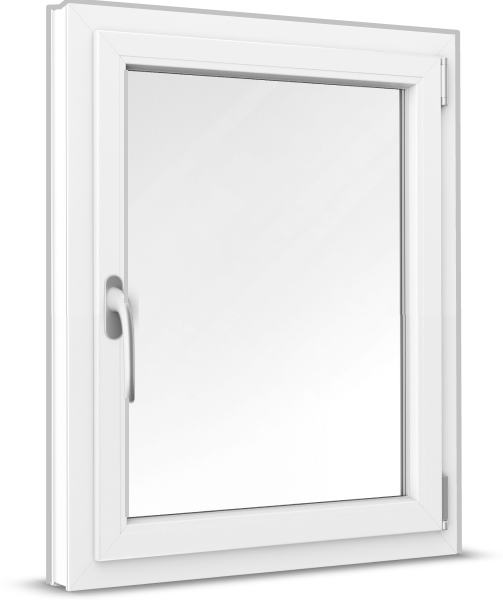 Windows
Windows
 Windows
Windows
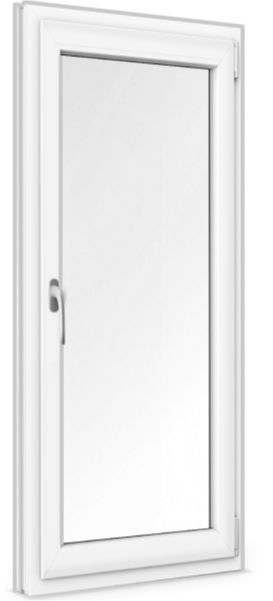 French Doors
French Doors
 French Doors
French Doors
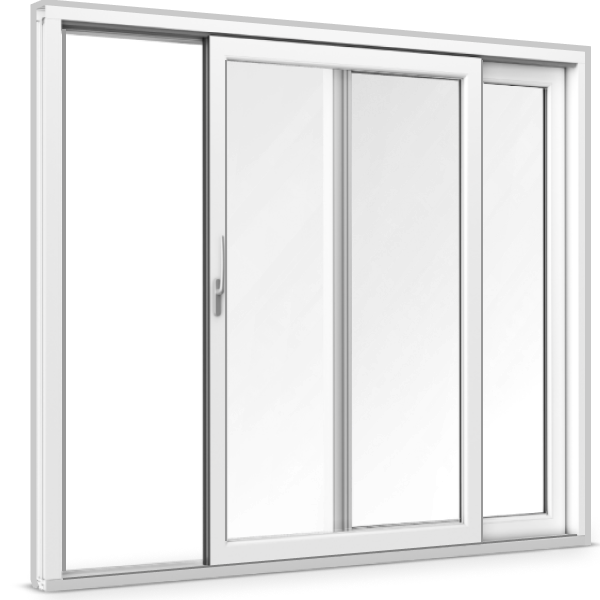 Patio Doors
Patio Doors
 Patio Doors
Patio Doors
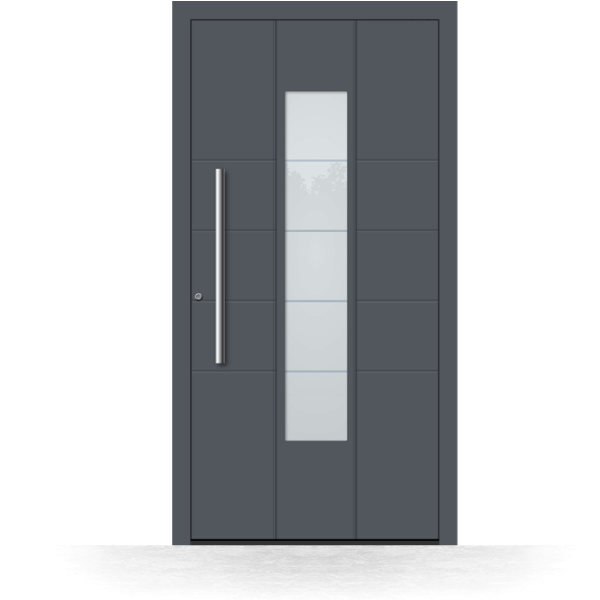 Front Doors
Front Doors
 Front Doors
Front Doors
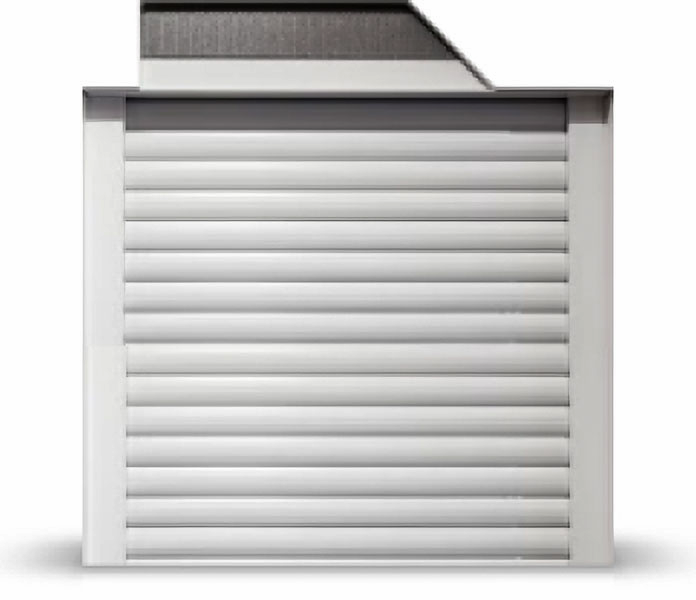 Roller Shutters
Roller Shutters
 Roller Shutters
Roller Shutters
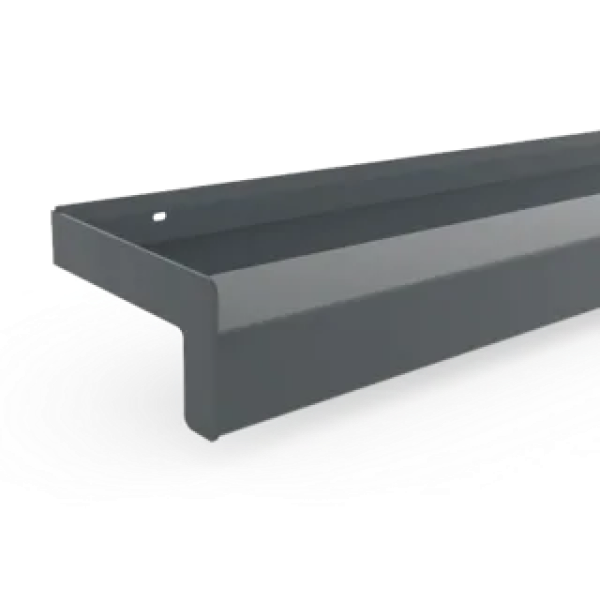 Window Sills
Window Sills
 Window Sills
Window Sills

